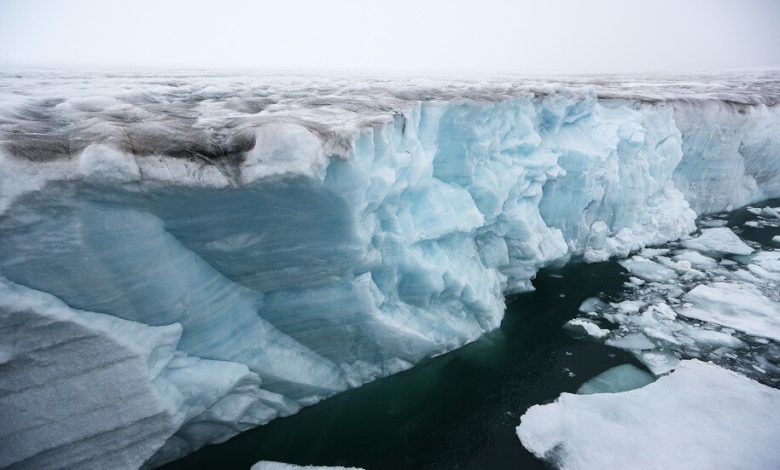What Was the Climate of the Middle East During the “Ice Age”?

Amidst the intense heat that strikes the Middle East during the summer, we revisit a previous global study that unveiled the climate conditions in our region during the Ice Age.
The journal “Quaternary Science Reviews” published the results of a historical agricultural climate study that revealed astonishing findings about the climate, weather, and agricultural environment in the Middle East over the past 20,000 years.
The study demonstrated the transition from extremely cold aridity to abundant rainy conditions, culminating in a thermal moderation after the end of the Ice Age.
It illustrated how this climatic shift was a pivotal event during those years, allowing the people inhabiting this region to transition from a hunting and gathering lifestyle to an agricultural model and agricultural stability. This laid the groundwork for the emergence of the first civilizations in the Middle East.
The scientific research detailed was conducted at an archaeological site in the Hula Valley, on the west bank of the Jordan River. In 1999, archaeologists discovered the site of the oldest agricultural facility in history, finding accumulations of over 60 types of agricultural sediments, each dating back to accumulated time periods spanning over 12,000 years.
Using radiocarbon dating and after collecting hundreds of samples of these plant sediments, scientists managed to create a model and visualize the evolution of climate in this region, which lies in the heart of the Middle East. This becomes a tool to understand many aspects of the climate changes that occurred in this area.
According to the study’s data, involving archaeologists from the TAU Institute, the Israeli “Tel Hai” Scientific Institute, and the University of Montpellier in France, winter in this region 20,000 years ago was about five degrees Celsius colder than it is today, while summer was about ten degrees cooler. Rainfall levels, however, were similar to what they are today.
During this time, when the world was experiencing the “Last Glacial Maximum,” the Middle East was not covered in ice for the entire year, as was the case in Europe and North America.
Around 12,000 years ago, temperatures dropped in most regions of the area, resulting in ice coverage for most months of the year, in line with the rest of the world, experiencing climatic variations and heavy rainfall throughout the year.
During this “Younger Dryas” period, agricultural infrastructure didn’t develop due to extreme cold.
This cold and rainy climate persisted until around 5,000 years ago when temperatures increased. Pistachio, oak, and olive trees began to spread throughout much of the Middle East, especially in coastal regions, according to the study.
This climatic diversity profoundly affected the social and economic lifestyle of the region’s inhabitants, as stated by Professor Joannin Charoen in an interview with The Jerusalem Post. He was one of the researchers overseeing this extensive study. “In the study of prehistoric eras, this period is called the Late Stone Age. At the onset of these climatic changes, people were organized into small groups of hunters and fruit gatherers who roamed the area. We witnessed a significant change in lifestyle: the emergence of settled life in villages, along with additional dramatic developments that culminated with the transition to an agricultural way of life, shaping the world as we know it today.”












